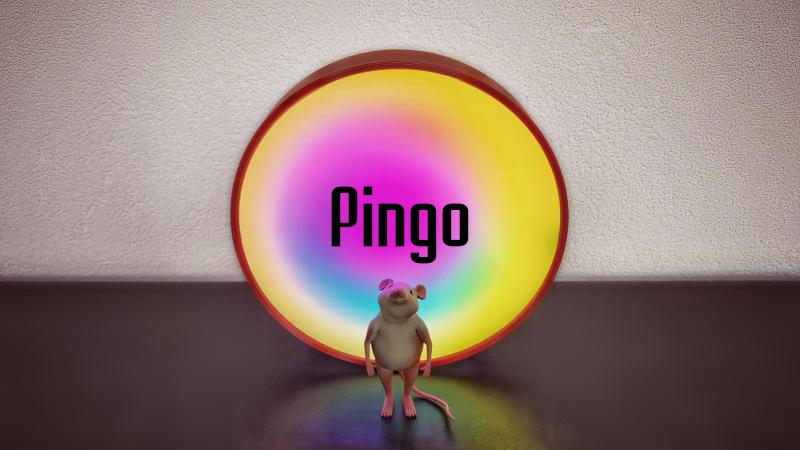Pingo is an Analog Clock that uses Colors Instead of Hands

The purpose of a clock is to show the time, obviously. But if you’ve followed Hackaday for some time, you’ll know there are about a million different ways of achieving …read more Continue reading Pingo is an Analog Clock that uses Colors Instead of Hands
